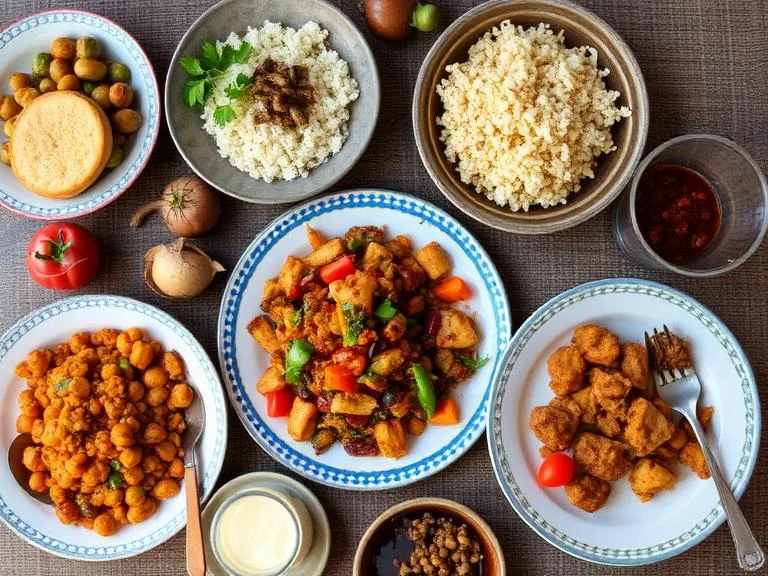Ethiopian Food, a Sub-Saharan African Table Full of Color, Spice, and Quiet Brilliance
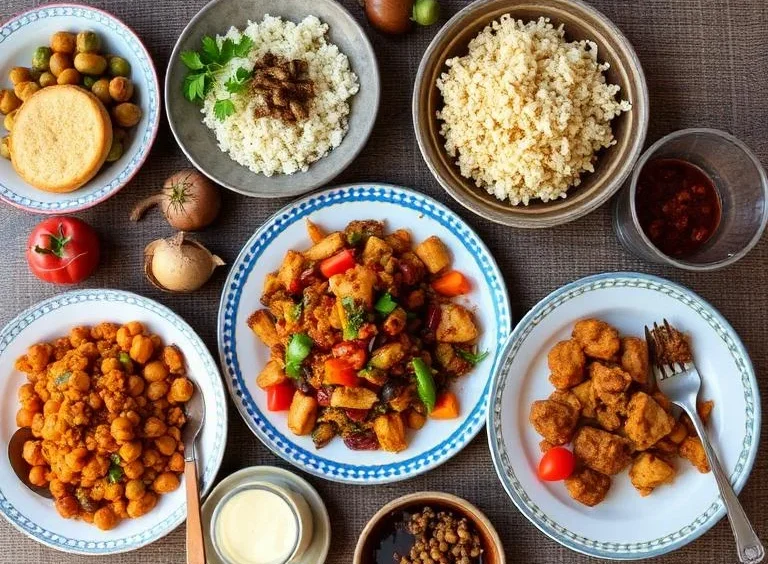
When I tell people I visited Ethiopia at the start of 2025, the first thing they ask is, “How was the Ethiopian food?”
The short answer: bold, bright, soulful, and unforgettable.
The long answer unfolds like a slow-cooked stew, layered with spices, history, and the kind of warmth that stays with you long after the plate is empty. During my trip, I didn’t just eat Ethiopian food. I lived in it. I wandered through Addis Ababa’s busy streets, sat in tiny family restaurants, and shared long conversations with strangers over injera and coffee. I even ran a casual survey with more than twenty foreign travelers I met along the way. Nearly all of them had glowing things to say about Ethiopian cuisine.
One woman told me, smiling widely, “I follow Ethiopian recipes back home. We make them every month. It’s like carrying a little piece of Ethiopia with us.”
That stuck with me.
Because food in Ethiopia is not just a meal. It’s a memory, a handshake, a hello, a story, a history lesson, and sometimes even a spiritual moment.
This article is my attempt to bring you into that world. Think of it as a friendly traveler’s guide to Ethiopian cuisine, shaped by personal taste, real conversations, and the deep roots of a country that eats with both flavor and feeling.
Suggested Read: Vietnam Trip in a Nutshell: My Personal Travel Experience
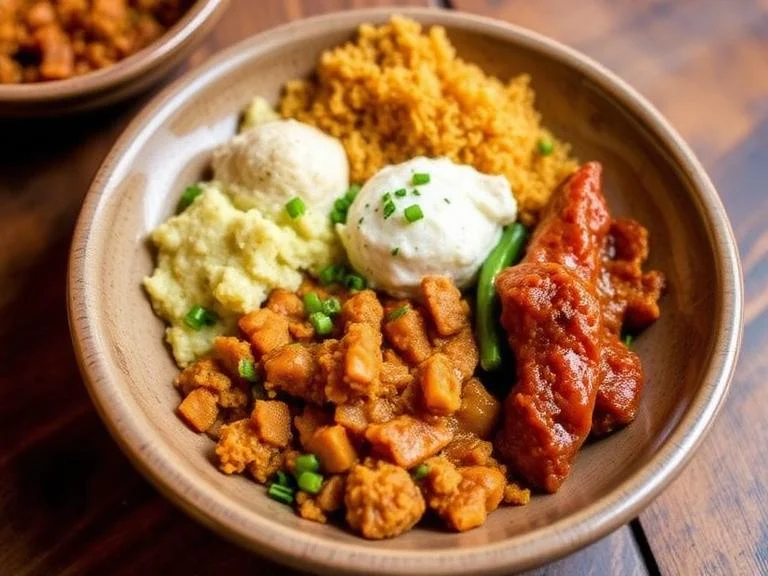
A Short Background on Ethiopian Food
Ethiopian cuisine didn’t just happen. It evolved like an old poem, shaped by geography, culture, religion, and centuries of trade. Its heart beats with ancient rhythms.
The highlands, where much of Ethiopia sits, have fertile soil perfect for teff, barley, wheat, and legumes. Over thousands of years, these ingredients formed the backbone of the local diet. Meanwhile, trade routes through the Red Sea brought spices from South Arabia and India, giving Ethiopian cooking its famous complexity.
Religion also shaped the table strongly. With a large Orthodox Christian population observing fasting days throughout the year, Ethiopian food developed a wide range of flavorful plant-based dishes. Even people who aren’t vegetarians taste the creativity born from these long fasting traditions.
Eating in Ethiopia is also a social ceremony. No one eats alone if they can help it. Meals are served on large shared platters, everyone tearing pieces of injera and scooping with their right hand. The table becomes a circle of conversation, laughter, and belonging.
It’s food that invites you in.

Ethiopian Staples and More: What Holds the Cuisine Together
Walk into any Ethiopian restaurant, and no matter which region you’re in, one thing shows up like a loyal friend: Injera.
Injera: The Icon
Injera is not just bread. It’s a plate, a spoon, a foundation, and comfort.
Made from teff flour and allowed to ferment until bubbly, injera has a soft, spongy texture with a tang that balances rich stews. The fermentation makes it light, nutritious, and surprisingly filling.
During my trip, I treated injera like a trusted travel companion. Every meal began with it. Every flavor ended wrapped in it.
But Ethiopian cooking stretches far beyond injera.
The Legume Family
Lentils, chickpeas, split peas, and fava beans show up in so many dishes, especially during fasting seasons. They’re mashed, simmered, stewed, and seasoned until they become vibrant spreads like:
- Misir Wot (red lentils in berbere sauce)
- Shiro (chickpea flour stew)
- Kik Alicha (mild split pea stew)
Meats Used Traditionally
While plenty of fasting dishes are vegan, Ethiopia is also home to bold meat-based meals, especially during celebrations:
- Tender lamb cooked low and slow
- Beef cubes sautéed with spices and butter
- Minced raw beef seasoned with herbs
- Fried beef strips served sizzling in iron pans
Every bite feels intentional, like it was built with memory.
Teff: The Ancient Grain
Teff is one of the smallest grains in the world, but it holds a powerful cultural identity.
It’s gluten-free, nutrient-rich, and has fed Ethiopians for thousands of years. Many travelers fall in love with it, myself included. It has a quiet flavor, like a warm whisper under other dishes.
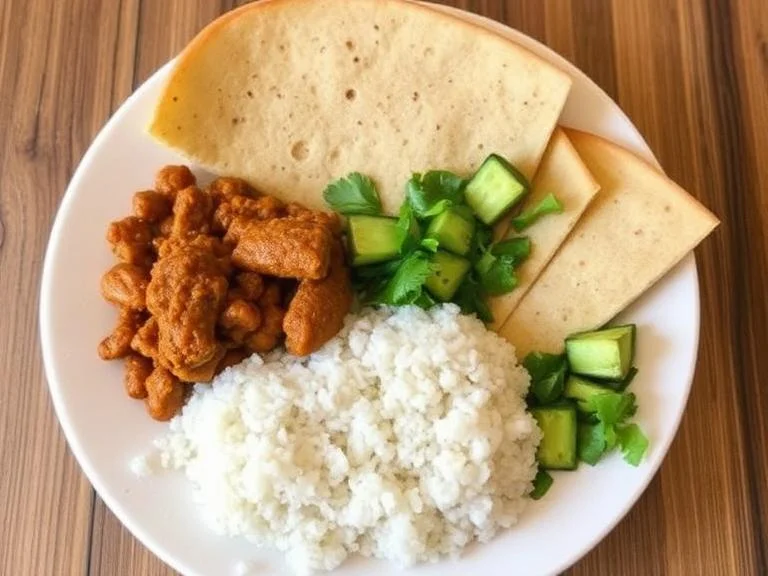
Ethiopian Spices, Seasonings, and Sauces
If injera is the foundation, spices are the storytellers.
You’ll know Ethiopian flavors before you even take a bite. They float in the air, warm and red, like tiny sparks from a fire.
Berbere
Berbere is the star of the table.
This deep red seasoning mix can include up to a dozen ingredients: chili peppers, garlic, ginger, cardamom, fenugreek, coriander, and more. Every household guards its own version.
Berbere is to Ethiopia what garam masala is to India or harissa to North Africa, not just a spice, but an identity.
Mitmita
A smaller, hotter sibling to berbere, mitmita packs a sharper punch. It often includes ground African bird’s eye chili, cardamom, and cloves. It’s especially popular with raw meat dishes.
Niter Kibbeh
Imagine butter that went to culinary school.
Niter kibbeh is clarified butter infused with garlic, ginger, koseret, turmeric, and herbs. It lifts dishes with a deep golden aroma.
Awaze
Think of awaze as Ethiopia’s answer to chili paste. Berbere, honey wine, garlic, and spices come together in a thick, tangy sauce ideal for dipping meat or adding fire to stews.
Shiro Powder
Made from powdered chickpeas or broad beans mixed with spices, shiro powder becomes one of Ethiopia’s most comforting dishes when cooked into a stew.
Herbal Notes
Traditional herbs such as korarima (Ethiopian cardamom), fala-fala leaves, basil, and besobela add floral warmth to many dishes.
With these spices, Ethiopian food becomes more than taste. It becomes atmosphere.
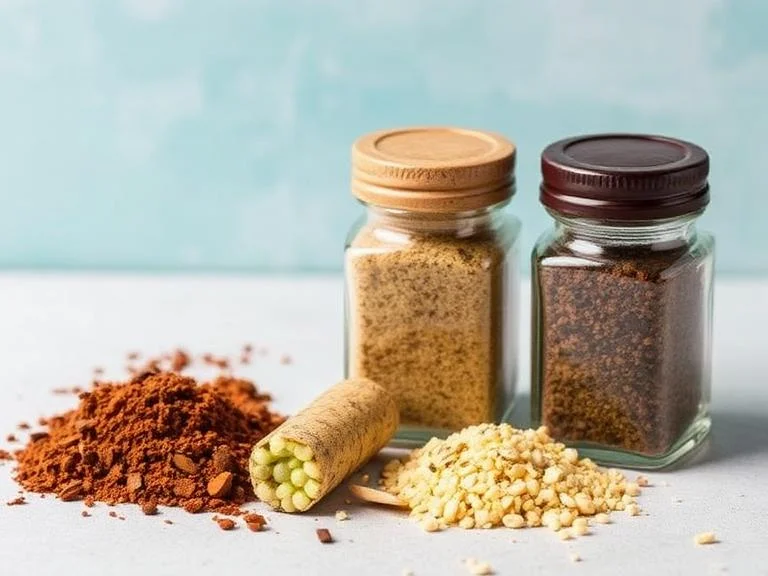
Ethiopian Food Guide: What to Eat in Ethiopia
If you ever travel to Ethiopia, and I strongly recommend you do, these dishes will fill your journey like chapters in a good book.
Here are the Top 10 Ethiopian Foods & Dishes that deserve a spotlight:
1. Doro Wot
Often called the “national dish,” Doro Wot is a slow-cooked chicken stew with berbere, onions, garlic, and niter kibbeh. It arrives with hard-boiled eggs tucked inside like small treasures.
2. Tibs
Sautéed beef or lamb served sizzling with onions and peppers. Some versions come mild, others fiery, but all are deeply comforting.
3. Kitfo
A minced raw beef dish seasoned with mitmita and niter kibbeh. It’s bold, rich, and treated as a delicacy. Cooked versions exist for beginners.
4. Shiro Wot
A thick chickpea stew seasoned with spices. It’s simple but deeply satisfying, especially during fasting periods.
5. Misir Wot
Red lentils simmered until soft in berbere sauce. It’s spicy, fragrant, and perfect on injera.
6. Atakilt Wot
A mild and colorful mix of cabbage, carrots, potatoes, and turmeric. A calm dish among the fiery ones.
7. Gomen
Chopped collard greens cooked with garlic and mild spices. It has an earthy, soothing flavor.
8. Firfir (or Fitfit)
Injera torn into small pieces and mixed with spices or stews. It’s a local breakfast favorite.
9. Genfo
A thick porridge made from barley or wheat flour, served with a pool of spiced butter. It’s hearty and warm.
10. Asa Tibs (Fried Fish)
Fresh fish cubes fried with herbs and vegetables, especially popular near lakes and rivers.
Each dish carries a part of Ethiopia’s personality, some fiery, some gentle, all deeply rooted.


Drinking in Ethiopia: Coffee, Honey Wine, and More
If Ethiopian food is a story, drinks are the poetry between the lines.
Coffee (Buna)
Ethiopia is the birthplace of coffee, and drinking it here feels like a cultural ceremony. The coffee is roasted, ground, and brewed fresh in a jebena pot. The aroma wraps around you like a warm shawl.
I joined a few coffee ceremonies during my trip. They slowed down time. You don’t gulp coffee in Ethiopia. You sip it with intention.
Tej (Honey Wine)
Tej is a golden, sweet, slightly tangy honey wine served in a rounded glass called a berele. It feels like drinking sunshine.
Tella
A homemade barley beer, earthy and slightly smoky. You’ll find it in traditional houses and small neighborhood gatherings.
Fresh Juices
Fruit juice bars are everywhere in Ethiopian cities. Mango, avocado, papaya, thick, sweet, and refreshing after a spicy meal.
Drinks round out the experience, giving the palate space to rest.

My Experience: Conversations, Tastes, and the Joy of Being a Foreigner Among Foreigners
Traveling always feels different when you step into a culture through its food. In Ethiopia, it was the fastest way for me to connect with people.
At a tiny eatery in Addis Ababa, a man next to me explained how his grandmother cooks doro wot during holidays. At another spot, two college students asked if I wanted to join their table. We ended up talking about music, weather, and food so much that injera refills kept coming unrequested.
During my casual survey of 20+ foreign travelers, almost everyone had a positive story about Ethiopian food:
- “The spices feel alive,” one guy from Canada said.
- “I’ve never had anything like shiro,” said a woman from Japan.
- And then there was the traveler who told me she cooks Ethiopian dishes at home. “It brings my whole family together,” she said.
Those conversations made me feel like I wasn’t just visiting Ethiopia. I was participating in it.
I was a foreigner, yes, but I didn’t feel lonely.
Food opened doors faster than any language.

Why Ethiopian Food Deserves Global Love
Ethiopian food is still less mainstream than Thai or Indian cuisine, but it deserves a brighter spotlight.
Here’s why:
- It’s naturally healthy thanks to legumes, vegetables, and fermented grains.
- It’s rich in flavor without relying on heavy oils or dairy.
- It’s community-based, making every meal feel like a shared story.
- It’s unique, tasting unlike any other cuisine in the world.
Once you fall in love with it, it’s hard to forget.
Final Thoughts: A Cuisine Worth Traveling For
When I think back to my trip to Ethiopia, the memories are not just in pictures.
They’re in taste.
The tang of injera.
The warmth of berbere.
The soft green glow of gomen.
The deep aroma of fresh coffee.
The laughter from strangers who became friends over a shared platter.
Ethiopian food feels ancient and alive at the same time. It’s a fusion of history, faith, geography, storytelling, and hospitality. And it’s one of the most rewarding cuisines a traveler can experience.
Whether you try it in Addis Ababa or in your own kitchen, it will leave a mark, the good kind that stays with you.




















